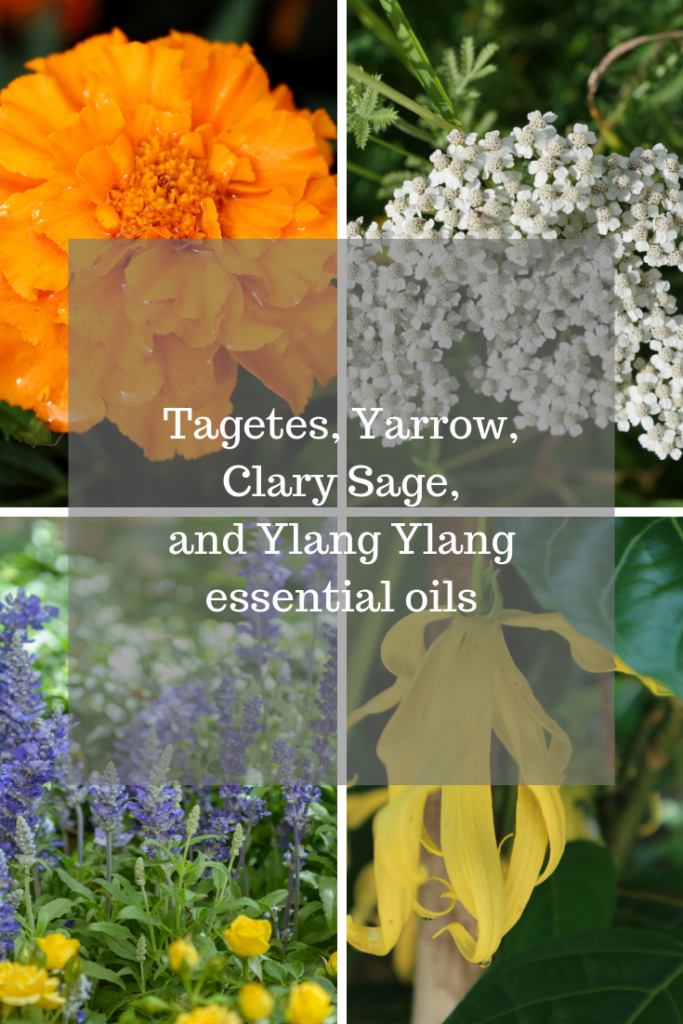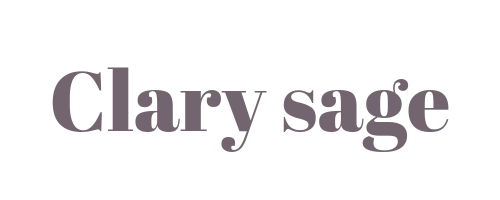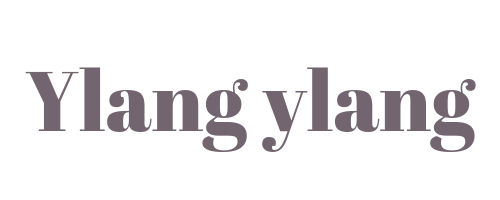

Tagetes are also known as marigolds in the garden. They are native to both South and North America. Depending on the species they can grow between 0.1 - 2.2 meters tall and the blooms come in a variety of colours, gold, white, orange, and yellow. Tagetes like to have plenty of water available while growing but there must be good drainage. The natural scent of the foliage is believed to deter some common garden pests and has been used as a companion plant for things like tomatoes, eggplants, and chillies. The roots do produce an antibiotic substance called thiophenes which means it shouldn't be planted with any legumes. The flowers were associated with the dead and the day of the dead by the prehispanic people of Mexico and are still used in the day of the dead celebrations today. India also grows marigolds and uses large quantities of the blooms for weddings, religious events, and festivals. In aromatherapy tagetes essential oil is useful for spasms, infections, and inflammation.
Uses:
Diffused;
Chest infections, coughs, catarrh, opening the lungs, insect repellent
Topically;
Wounds, cuts, calluses, bunions, skin infections, fungal infections, parasitic infestations
Cautions:
Oil is very potent, use only at high dilution.
Oil can cause photosensitivity.
May be too potent for pregnant women.
First aid:
If skin irritation has occurred apply cornstarch or similar to absorb the excess.
If gotten in the eye rinse with clear water for 15 min, if irritation persists for more than 30 min seek professional help.

Yarrow is native to temperate regions in Europe, North America, and Asia. Other places such as New Zealand have introduced it to supplement livestock feed. It prefers growing environments like roadsides, meadows, and coastal places. Yarrow will grow between 0.66 - 3.28 feet in height and will grow anywhere from sea level up to 11,500 elevations. From May to July yarrow will be in bloom, it can also be found in every type of habitat due to its ability to thrive in either wet or dry conditions. Several species of birds that nest in cavities will line their nests with yarrow, studies suggest that doing so protects the young from parasites growing in the nests. The flowers and foliage provide food for a huge number of insects, contributing to environmental diversity and health in addition to its medicinal properties. In aromatherapy yarrow essential oil is useful for arthritis, regulating menstruation, and clearing the lungs.
Uses:
Diffused;
Hypertension, insomnia, stress
Topically;
Varicose veins, irregular menstruation, menopausal problems, cystitis, infection, flatulence, colic, cramp, indigestion, constipation, inflamed wounds, rashes, cuts, eczema, scars, burns
Cautions:
Prolonged use can cause headaches.
Can irritate skin for some individuals.
Pregnant women should avoid due to influence on menstruation.
First aid:
If skin irritation has occurred apply cornstarch or similar to absorb excess.
If gotten in the eye rinse with clear water for 15 min, if irritation persists for more than 30 min seek professional help.
If a pregnant woman has been exposed monitor closely for signs of labour or miscarriage.

Clary sage is native to the more northern regions of the Mediterranean, Central Asia, and North Africa. The plant is biennial, which means it takes 2 years for the life cycle to complete, the first year will be spent growing and then the second year it will bloom and set seed. The plants will get to 3-4 feet in height with leaves about 1 foot long at the base. The seeds were used by Nicholas Culpeper and others to remove objects from the eye, this was done because the seeds form a gel around themselves in the presence of water (much like chia seeds), this would make removing things like small grit easier. The essential oil is used in perfumes, and the making of multiple alcohols like vermouths, wines, and liqueurs. In aromatherapy clary sage essential oil is useful for depression, skincare, and lowering blood pressure.
Uses:
Diffused;
Nervous tension, stress, depression, anxiety, insomnia.
Topically;
Muscle pains, depression, anxiety, menstrual problems, PMS, stress, nervous tension, insomnia, cramps.
Cautions:
Pregnant women should avoid due to risk of miscarriage.
Large amounts can produce headaches.
Do not use while consuming alcohol because it will increase the effects of the alcohol.
First aid:
If skin irritation has occurred apply cornstarch or similar to absorb excess.
If gotten in the eye rinse with clear water for 15 min, if irritation persists for more than 30 min seek professional help.
If a pregnant woman has been exposed monitor closely for signs of labour or miscarriage.

Ylang ylang is actually a tree that is native to Indonesia and has been spread to the Philippines and Malaysia. It has also been introduced to other tropical island locations and prefers acidic soil. There is also a vine called ylang-ylang however it is not used for essential oil, only the tree's flowers are used. The name ylang-ylang is an adaptation of the Tagalog name ilang-ilang, meaning wilderness. The tree itself can grow rapidly under ideal conditions, up to 16 feet per year and topping out at roughly 39 feet tall. The fragrant blooms give way to black fruit which is important to local bird species such as various doves and pigeons. In the Philippines, women will wear necklaces made of the flowers and/or place them on religious figures while in Indonesia the flowers are placed on the beds of newlyweds. In aromatherapy ylang ylang essential oil is useful for depression, as an aphrodisiac, and for aiding sleep.
Uses:
Diffused;
Anxiety, tension, shock, fear, panic, aphrodisiac, rapid breathing, rapid heartbeat, physical exhaustion, insomnia, depression, stress
Topically;
Balancing oil production in the skin, minor skin infections.
Cautions:
High doses can cause headaches and nausea.
Some individuals do experience sensitivity, a patch test is wise.
First aid:
If skin irritation has occurred apply cornstarch or similar to absorb excess.
If gotten in the eye rinse with clear water for 15 min, if irritation persists for more than 30 min seek professional help.

This post was shared in the Curation Collective Discord community
community witness. Please consider using one of your witness votes on us here for curators, and upvoted and resteemed by the @c-squared community account after manual review.@c-squared runs a
Ylang ylang is one of my favourite scents.
I used to use clary sage a lot in my late teens. I can't remember why - think it was all the rage for us girls in share houses! So it reminds me of that time.
I was trying to explain to a friend about marigolds the other day and insisted she take some seeds. You absolutely can't have a garden without marigolds!! Here, they grow all year around.
I LOVE Ylang Ylang, despite often REEKING of it, although I prefer it blended with a hint of orange. Clary sage is an all-time favourite!
Leading the curation trail for both @ecotrain & @eco-alex.
Together We’re Making This World A Better Place.
Click Here To Join the manually curated trail "@artemislives" to support quality eco-green content.
Curated onto our Natural Medicine on Steem facebook page too. :) Please visit us there, like and share. Don't forget to invite your 973 facebook friends to follow our page there. :)
Essential oils is a topic I really want to learn more about and hopefully also start incorporating more into my own wellness routine! So far I've mostly only scratched the surface with the really common ones like tea tree, mint, citrus, and lavender. Happy to read more about these, as I haven't had any experience with them yet. I love learning from all of the awesome NM folk!